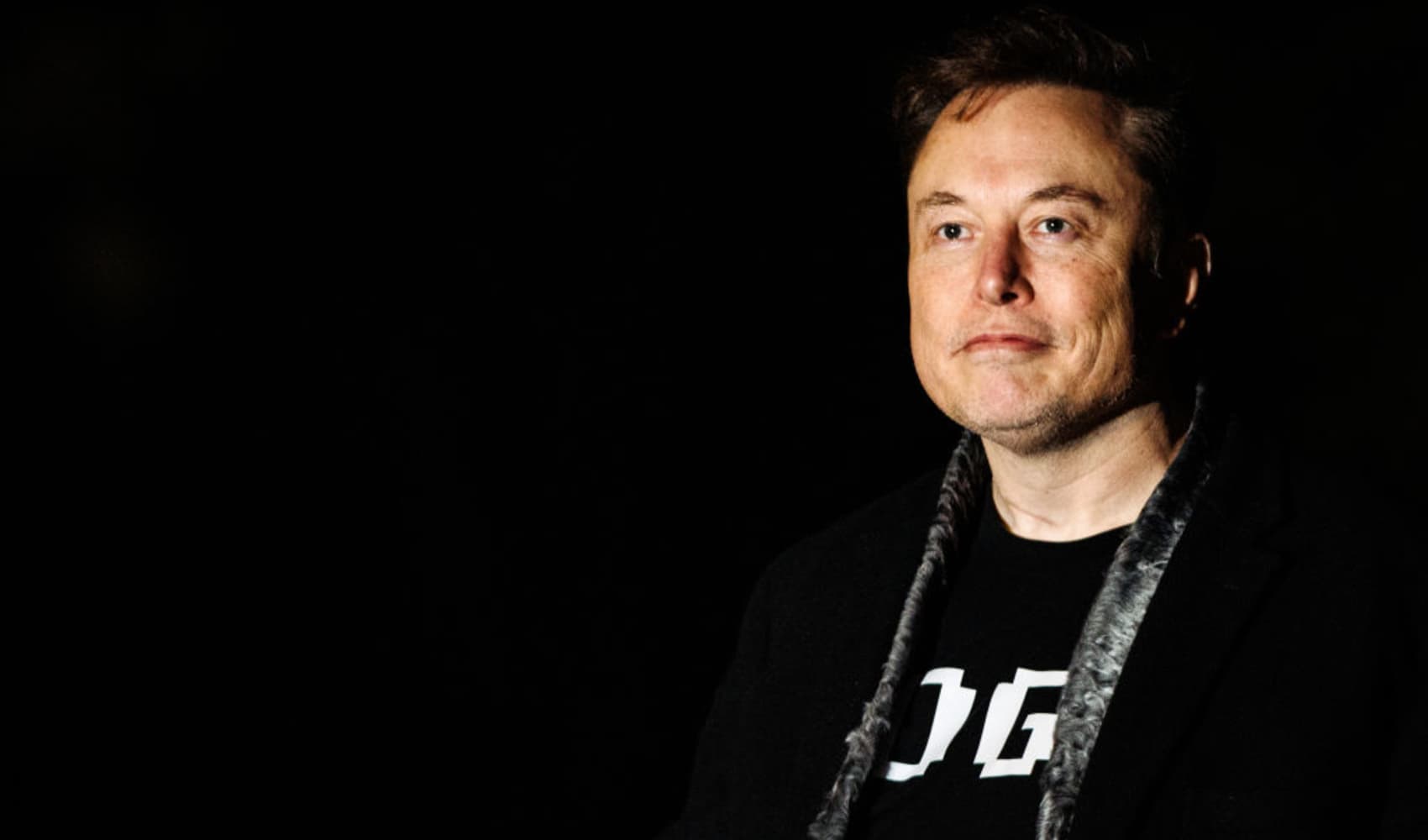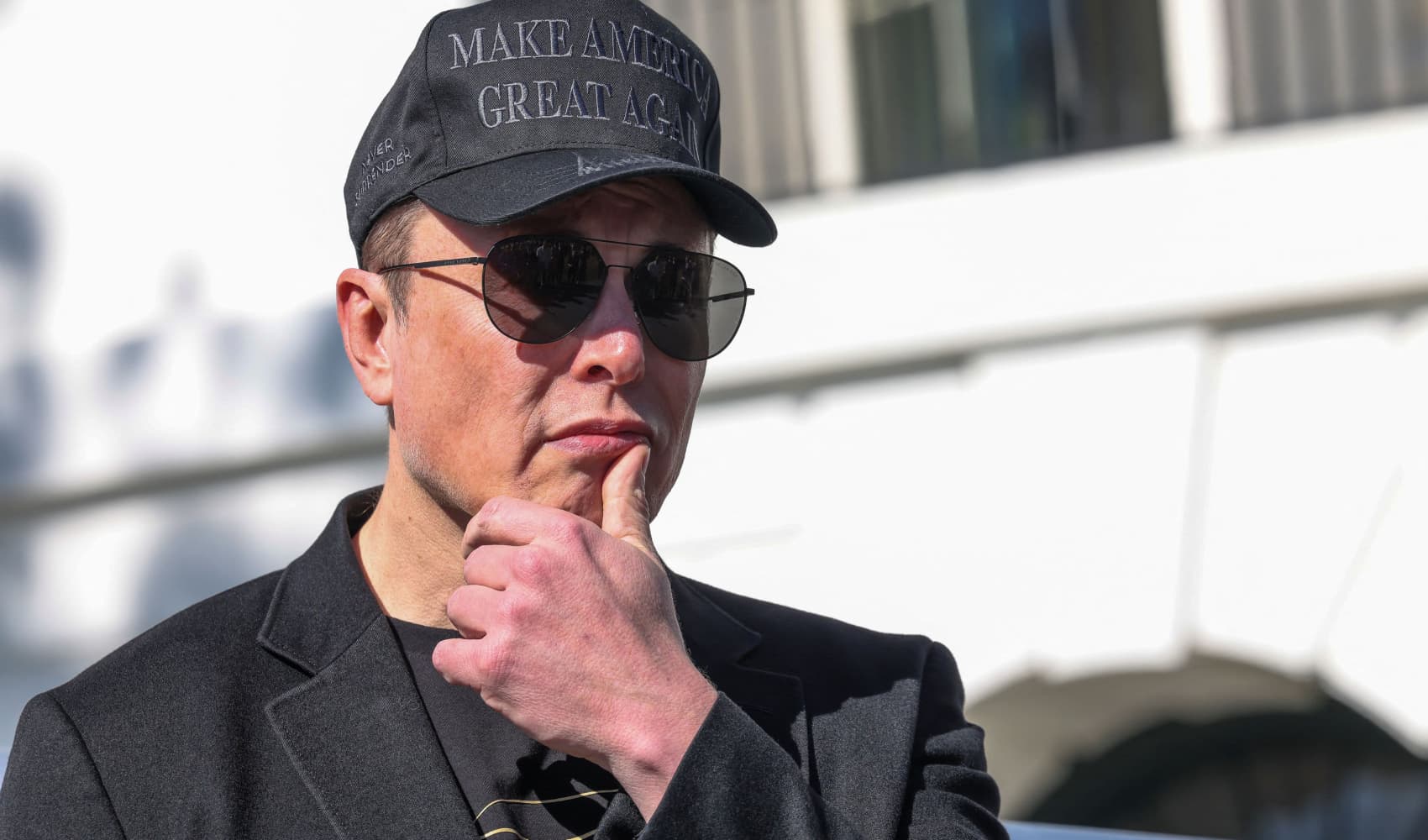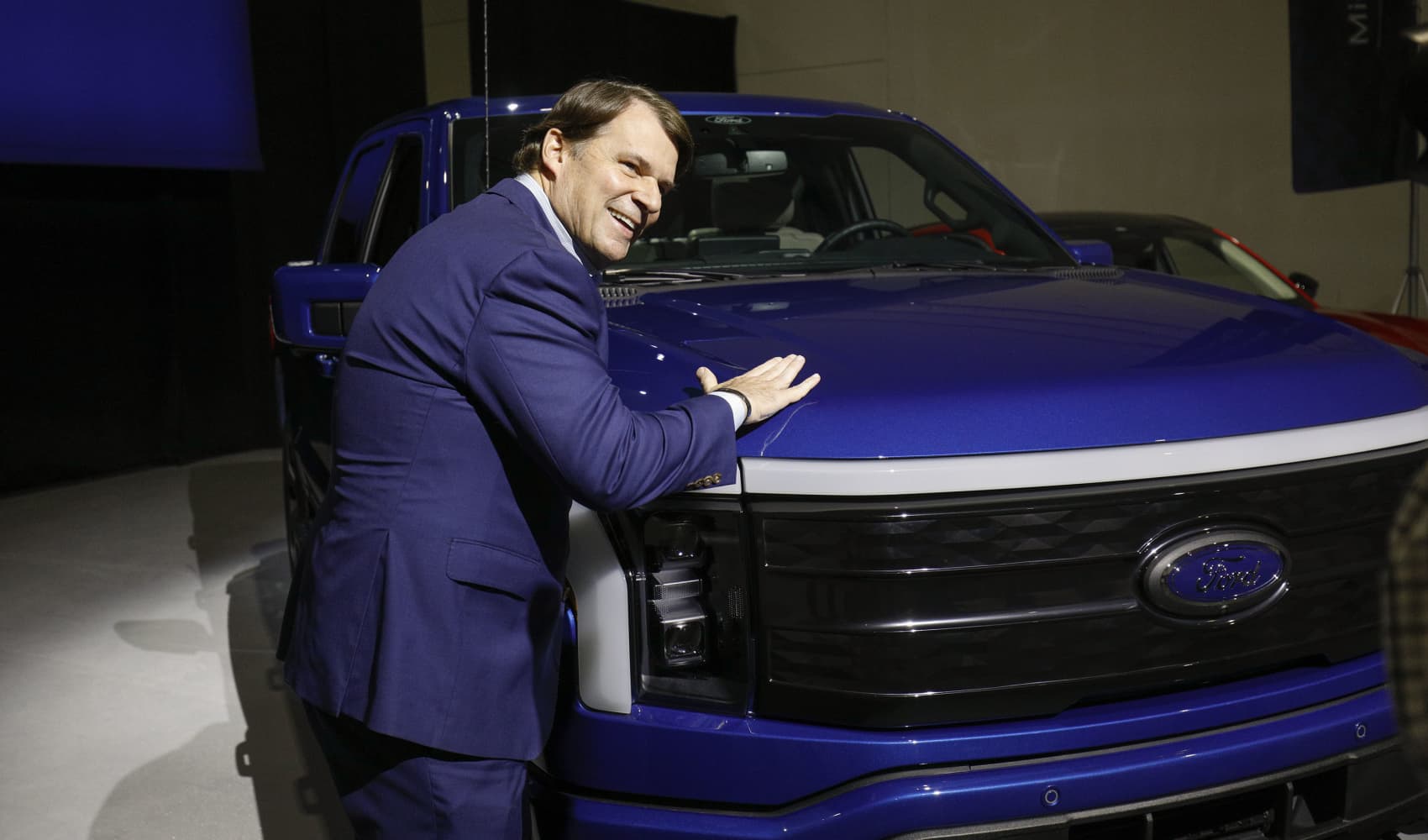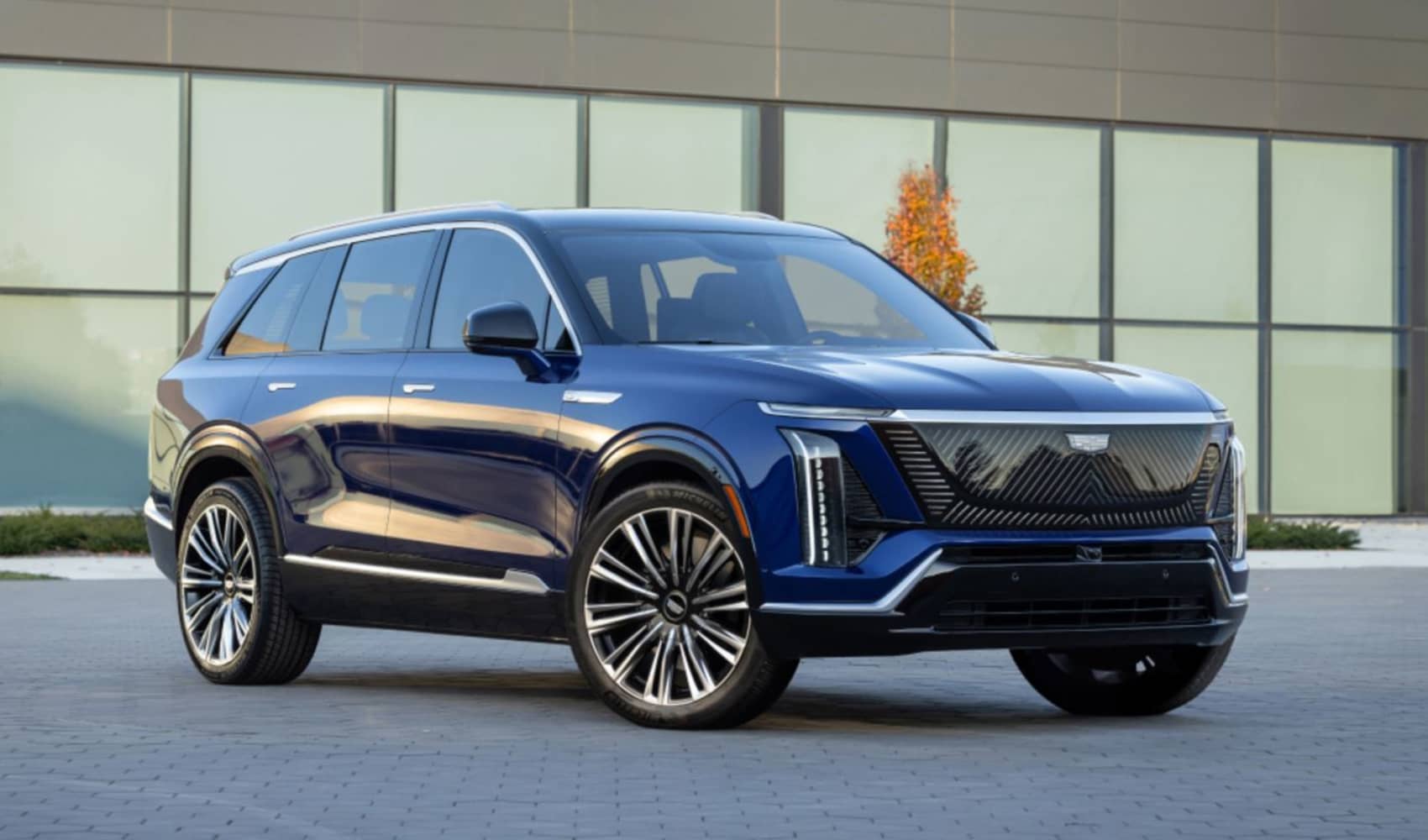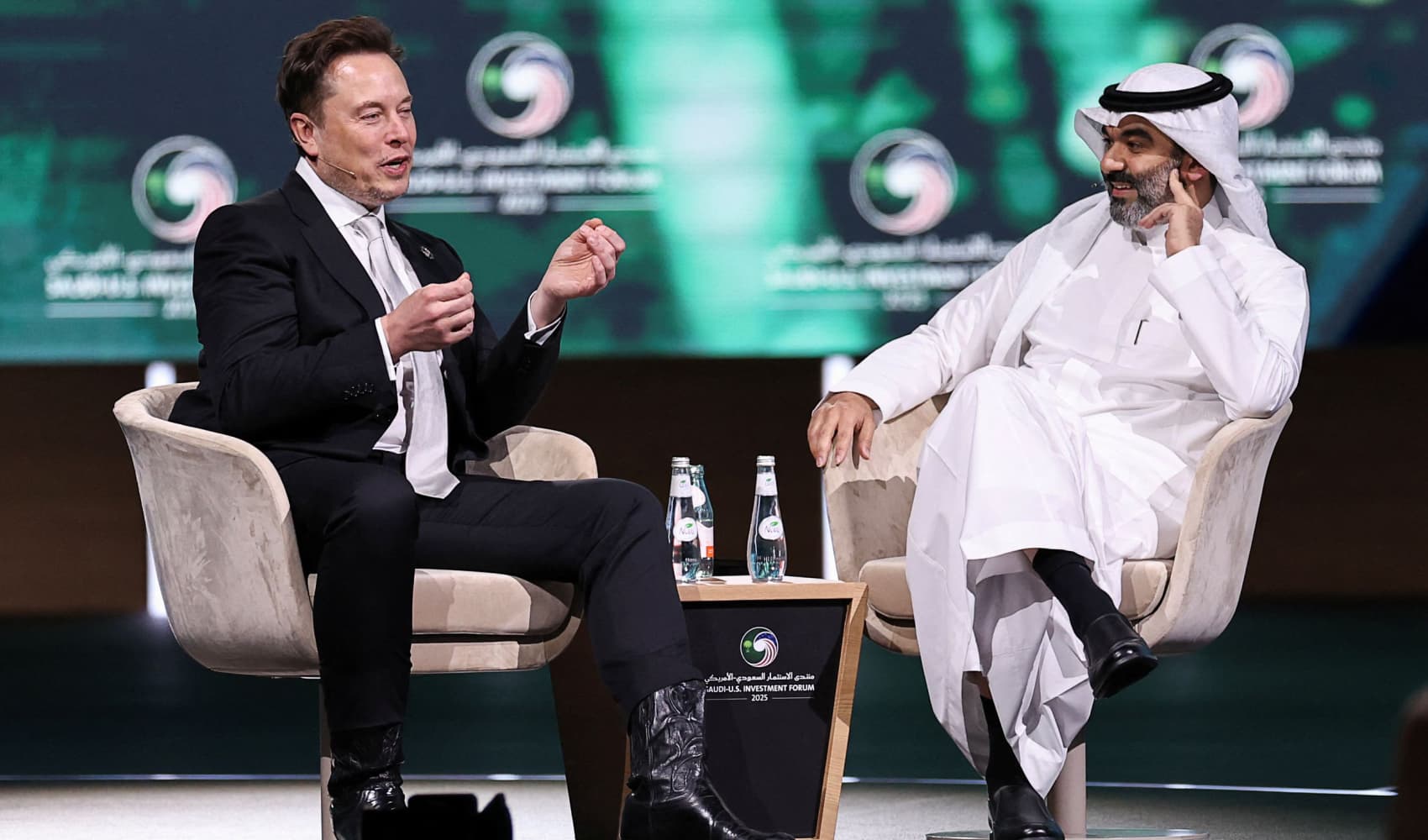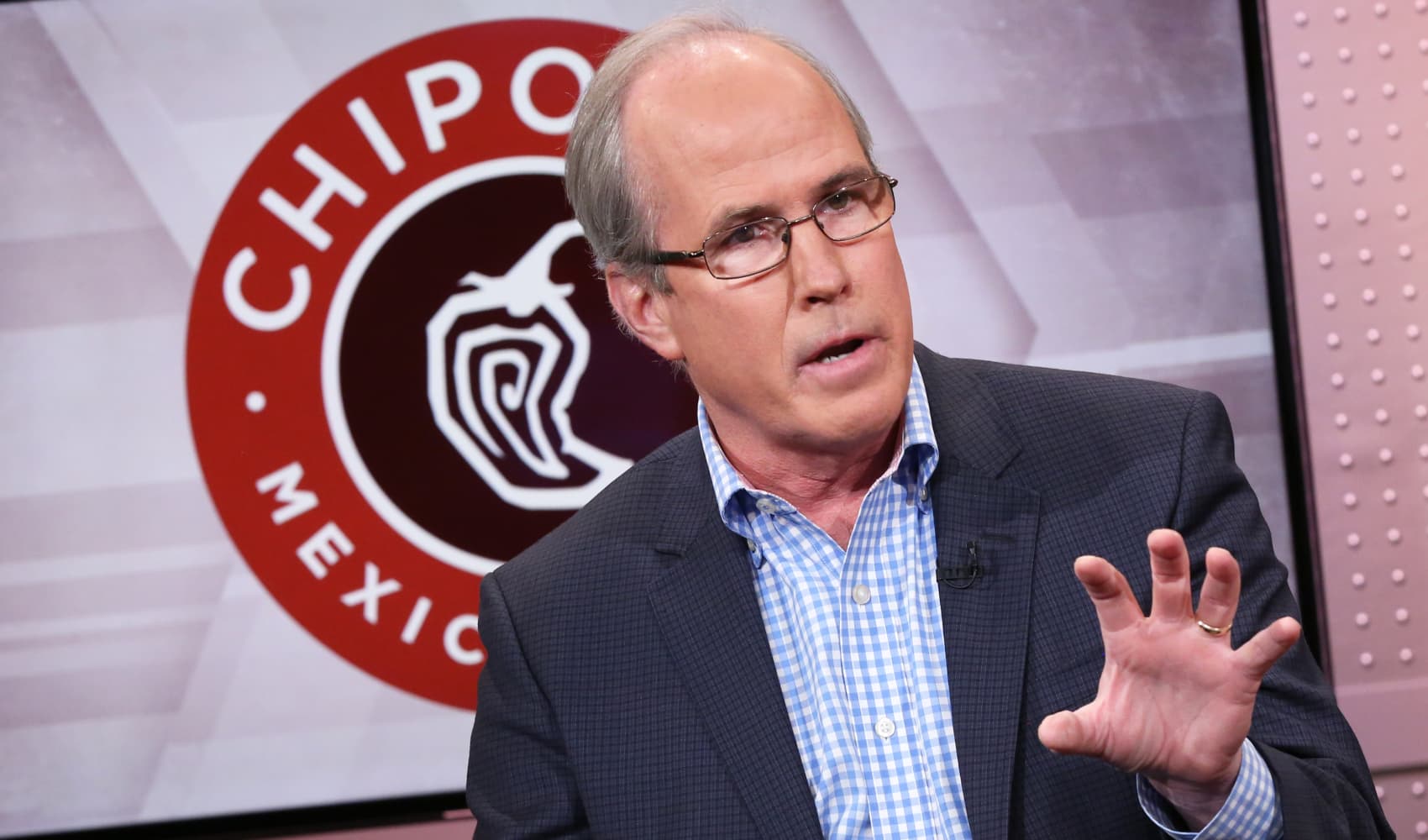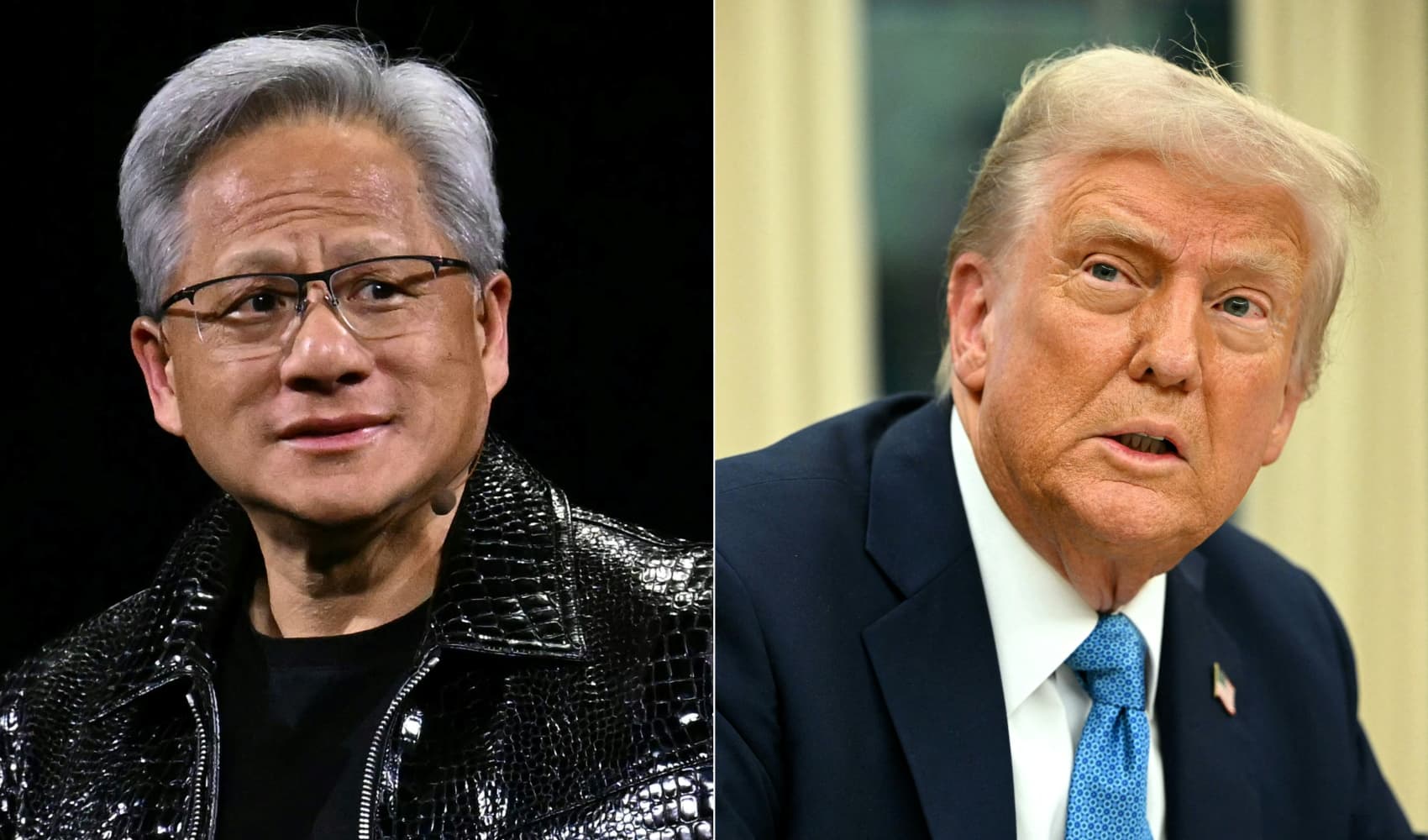DOGE Cuts? Musk Could Avoid $2B Liabilities: Senate Report
DOGE Discounts? Senate Report Alleges Musk Used Crypto to Dodge Billions
Introduction: Is Elon Using DOGE to Dodge Debts?
Elon Musk, the man who dreams of Mars, the mind behind Tesla's electric revolution, and the self-proclaimed "Technoking," finds himself in the crosshairs of a Senate report. This isn't about rockets failing to launch or self-driving cars taking unexpected detours. No, this is about something far more intriguing: allegations that Musk leveraged his influence in the world of Dogecoin (DOGE) to potentially sidestep over $2 billion in liabilities for his various companies. Sounds like a plot from a sci-fi thriller, right?
The Senate's Accusation: A Game of Regulatory Dodgeball?
A scathing memo from Senate Democratic committee staff paints a picture of Musk as a regulatory Houdini, someone who allegedly uses his clout to “evade oversight, derail investigations, and make litigation disappear whenever he so chooses—on his terms and at his command.” Could it be true? Is Elon using his star power to play a high-stakes game of regulatory dodgeball?
The Pre-Inauguration Landscape: A Sea of Troubles
The report suggests that prior to Inauguration Day, Musk and his companies – SpaceX, Tesla, Neuralink, The Boring Company, and now xAI – were grappling with a substantial number of “actual or potential” actions from no less than 11 federal agencies. Sixty-five actions to be exact. That’s a lot of potential legal headaches!
Did DOGE's Rise Coincide with Regulatory Relief?
The memo insinuates a connection between Musk’s influence in the Dogecoin community and a subsequent easing of these regulatory pressures. Did the meteoric rise of DOGE, fueled in part by Musk’s tweets and endorsements, somehow pave the way for these investigations to be “neutralized,” as the report claims? It’s a question that warrants serious scrutiny.
Senator Blumenthal's Information Request: Digging for Answers
Senator Richard Blumenthal is taking these allegations seriously. He's sent letters to SpaceX, Tesla, Neuralink, The Boring Company, and xAI, requesting detailed information about the investigations they faced before the inauguration. Blumenthal wants to know the specifics – the nature of the investigations, the agencies involved, and the outcomes. He's digging for the truth, and it's a truth that could have significant implications.
The White House's Defense: Standing by Musk?
The White House has vehemently denied any allegations that Musk used his role in government (presumably through connections or influence) for "personal or financial gain." This is a strong statement of support, but it doesn't necessarily dismiss the concerns raised by the Senate report. The question remains: Did Musk’s actions, regardless of intent, have the effect of reducing his companies’ liabilities?
H2: Tesla's Troubles: Beyond Self-Driving Fails
H3: Recalls and Safety Concerns
Tesla, in particular, has faced numerous recalls and safety concerns related to its self-driving technology and battery performance. These issues often trigger investigations by the National Highway Traffic Safety Administration (NHTSA), which can result in hefty fines and mandated design changes. Did Musk’s influence somehow mitigate these penalties?
H2: SpaceX's Scrutiny: Rocket Regulation
H3: Launch Mishaps and Environmental Concerns
SpaceX, with its ambitious space exploration programs, isn’t immune to regulatory scrutiny. Launch mishaps and environmental concerns associated with rocket launches are subject to oversight by the Federal Aviation Administration (FAA) and other agencies. Could Musk have used his position to influence these regulatory processes?
H2: Neuralink's Ethical Quandaries: Brain-Computer Interfaces
H3: Animal Testing and Human Trials
Neuralink, Musk's brain-computer interface company, operates in a highly regulated space. Ethical concerns surrounding animal testing and the potential risks associated with human trials are subject to intense scrutiny by the Food and Drug Administration (FDA). Did Musk's influence play a role in expediting or easing the regulatory hurdles for Neuralink?
H2: The Boring Company's Regulatory Tunnels: Literally.
H3: Permitting and Environmental Impact
Even The Boring Company, with its tunnels designed to alleviate traffic congestion, faces regulatory hurdles related to permitting and environmental impact assessments. Were these processes streamlined or influenced in any way due to Musk’s involvement?
H2: xAI and the AI Wild West: Uncharted Regulatory Territory
H3: Safety and Ethical Considerations
xAI, Musk's foray into artificial intelligence, is navigating a landscape of rapidly evolving regulations. Concerns about AI safety and ethical considerations are prompting increased scrutiny from lawmakers and regulatory agencies. Did Musk’s involvement help shape or influence these emerging regulations?
H2: The Power of Dogecoin: A Crypto Influence Play?
H3: The Role of Social Media and Market Manipulation
Dogecoin, initially created as a joke, gained significant traction thanks to Musk's enthusiastic endorsements on social media. However, this raises questions about the potential for market manipulation and the need for clearer regulations in the cryptocurrency space. Did Musk use his influence in the DOGE community to deflect attention from regulatory issues facing his other companies? This is a crucial aspect of the investigation.
H2: The Illusion of Control: Perception vs. Reality
H3: Is Musk Really That Powerful?
It's easy to portray Musk as an all-powerful figure, capable of bending regulations to his will. But is this an accurate representation of reality? Or is it an exaggeration fueled by his public persona and the sheer scale of his ambitions? It's crucial to distinguish between the perception of control and the actual extent of his influence.
H2: Implications for the Future: Regulatory Reform Needed?
H3: Ensuring Fairness and Transparency
Regardless of the outcome of this investigation, it highlights the need for greater transparency and accountability in the regulatory process. Are existing regulations sufficient to prevent potential conflicts of interest and ensure fairness for all companies, regardless of their CEO's celebrity status?
H2: The Bigger Picture: Public Trust and Corporate Responsibility
H3: Rebuilding Faith in the System
This controversy raises fundamental questions about public trust and corporate responsibility. When allegations of this nature surface, they can erode confidence in the integrity of the regulatory system. It's essential to address these concerns and rebuild faith in the fairness and impartiality of the legal and regulatory framework.
Conclusion: Unraveling the Truth Behind the DOGE Allegations
The Senate report alleging that Elon Musk used his influence and potentially the popularity of Dogecoin to sidestep billions in liabilities for his companies is a serious matter. While the White House defends Musk and Senator Blumenthal seeks answers, the core questions remain: Did Musk’s actions result in a reduction of regulatory scrutiny? And, more broadly, how can we ensure fairness and transparency in the regulatory process for all companies? Only time and thorough investigation will reveal the full truth behind these complex allegations.
Frequently Asked Questions (FAQs)
- What exactly is Dogecoin (DOGE) and why is it relevant?
Dogecoin is a cryptocurrency that started as a meme but gained significant popularity, partly due to endorsements from figures like Elon Musk. Its relevance lies in the allegations that Musk may have used his influence within the DOGE community to potentially benefit his other companies by distracting regulators or influencing public perception.
- What are the main accusations against Elon Musk in the Senate report?
The main accusation is that Musk used his position and influence, possibly connected to his involvement with Dogecoin, to evade oversight, derail investigations, and make litigation disappear for his companies (Tesla, SpaceX, Neuralink, The Boring Company, and xAI), potentially saving them billions in liabilities.
- How did the White House respond to the allegations in the Senate report?
The White House rejected any allegations that Elon Musk used his role in government for “personal or financial gain,” essentially defending Musk against the specific charge of profiting from his government connections, though this doesn't address all concerns raised in the report.
- What are the potential consequences if the allegations against Elon Musk are proven true?
If proven true, the consequences could include significant fines for the companies involved, mandated changes to their operations, reputational damage for Musk and his companies, and potentially even legal action against individuals involved in any wrongdoing. Furthermore, it could lead to stricter regulations regarding cryptocurrency promotion and corporate influence.
- What steps are being taken to investigate these allegations further?
Senator Richard Blumenthal has sent letters to SpaceX, Tesla, Neuralink, The Boring Company, and xAI, requesting detailed information about the investigations they faced before the inauguration. The Senate committee is likely to continue its investigation, potentially holding hearings and subpoenaing documents to gather more evidence.
